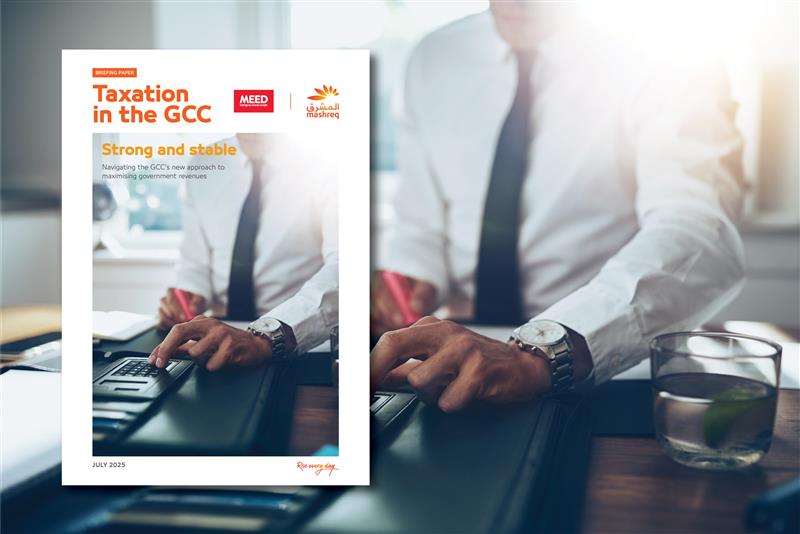Briefing Paper: Taxation in the GCC

From the outset, the GCC’s taxation regimes have been shaped by the outsized role oil revenues played in the evolution of the region’s economies.
The post-1950s oil boom delivered a sustained surge in revenues that negated the immediate need to tax individuals and companies. In that vacuum, GCC tax policies were framed to promote foreign direct investment (FDI) and attract labour and capital to develop nascent private sectors. The offer of a low or zero-tax environment had strong appeal, doing much to encourage companies to locate to the region.
Even sales taxes, such as value-added tax (VAT), were not implemented; low tax meant low tax, some important exceptions aside. The result was that, until recently, tax policy in the GCC was essentially reactive. When oil prices declined, governments would typically restrain spending until revenues revived following the inevitable upturn in hydrocarbons income.
The exceptions to this rule have witnessed a variety of taxes and fees imposed across the GCC. Hydrocarbons and banking have also been subject to higher taxation rates across the GCC. For example, in the UAE, oil and gas exploration and production companies are taxed at progressive rates of up to 55%. In Saudi Arabia, those rates range from 50% to 85%. In the UAE, local branches of foreign banks are levied an income tax rate of 20%.
Alcohol and pork have also long been subject to taxation in the GCC, often at 100% rates. Meanwhile, municipal taxes have also been levied across the six member states.
In Bahrain, for example, a 10% tax is imposed on the rental of commercial and residential property of expatriates.
Despite such taxes, there is still a wide variance between GCC states and OECD countries in the composition of their revenues. For example, in Saudi Arabia, just 16% of government revenue is derived from tax. In OECD countries, in contrast, taxes account for an average of 90% of state revenues.


